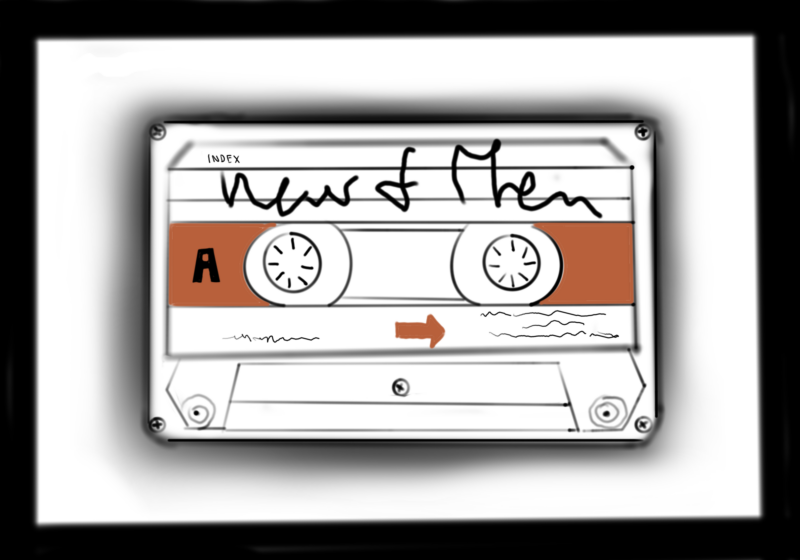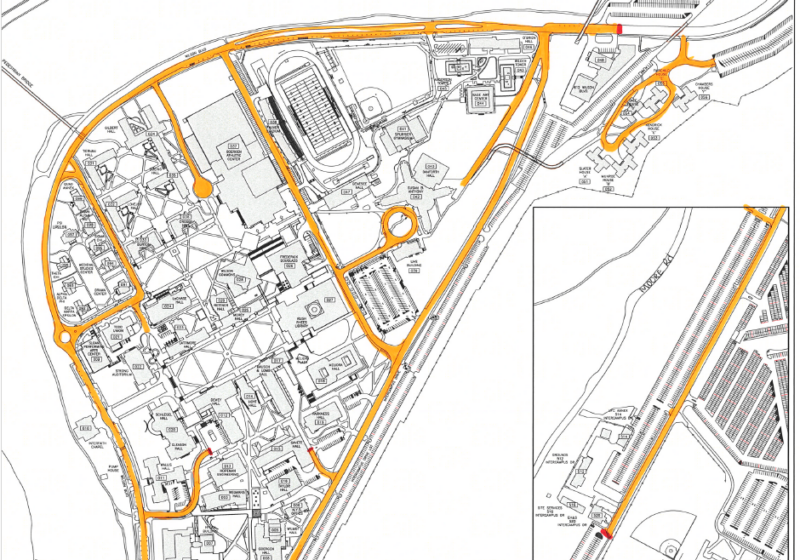Despite the band’s mere 10-year lifespan, The Beatles are widely considered to be some of the greatest figures of the 1960s, having defined the decade’s music and shaped the cultural and political attitudes of the mid to late 20th century. On Nov. 2, over 50 years after the group’s dissolution, the band completed its discography with the release of their final song, “Now & Then.”
John Lennon recorded the song as a demo on a cassette tape in the late 1970s along with two others: “Real Love” and “Free As a Bird.” Lennon’s second wife, Yoko Ono, gave the recordings to George Harrison, Ringo Starr, and Paul McCartney in 1994. The latter two songs were completed and released in 1995. However, the music technology of the time could not isolate Lennon’s vocals from his piano playing on “Now & Then,” and hopes of completing the song were lost.
The 2021 documentary “The Beatles: Get Back” featured audio restoration and vocal isolation technology to clarify video recordings from over five decades ago. The mechanisms used in the restoration of the documentary isolated the band members’ instruments and voices. The remaining two Beatles returned to the demo of “Now & Then” where they successfully isolated Lennon’s vocals using the same mechanisms that restored the audio in the documentary.
What truly makes this song revolutionary is that it features all four musicians, despite the fact that only two are still living. The two living Beatles recorded new parts for the song, with McCartney on bass, piano, and slide guitar (a tribute to Harrison, who often utilized this technique); Starr on drums; and both singing backup vocals. Although Harrison passed away in 2001, McCartney and Starr drew upon one of his old guitar recordings to use in the song.
The song begins with McCartney counting off, likely a reference to his counting off of their first song on their first released album, “I Saw Her Standing There.” The first chord of the song is bone-rattling, jarring, and sudden, yet somehow familiarly calm. After a moment or two, Lennon’s voice joins the beautiful medley of piano and guitar. Hearing Lennon’s vocals is nothing short of an out-of-body experience; his clear voice pierces through and rises above the accompanying instrumentation. His voice is soul-crushingly beautiful and astonishingly clear compared to his somewhat fuzzy vocals on the demo.
Lennon had the incredible ability to describe the intangible; to acutely put into words the most complex and unidentifiable emotions. One would need a similar ability to fully encapsulate how hauntingly beautiful it is to listen to Lennon and McCartney sing with one another through recordings taken 50 years apart. The two musicians arguably make the most powerful duo that the music industry has ever seen, and to hear their voices intertwine one final time is nothing short of a blessing.
It is unclear whether Lennon was alluding to his fellow bandmates when writing the song, but one can’t help to imagine that this is the case when he and McCartney sing together, “Now and then, I miss you, now and then, I want you to be there for me, always to return to me.” The song takes on a new meaning when sung together by Lennon and McCartney. Rather than the somewhat eerie piano ballad it had been on the demo, the reworked version feels like a soulful goodbye between McCartney to his dear friend. This song is not just the end of the Beatles’ discography; it is the closure of a 40-year-old wound between the two main songwriters of the most influential band of our time.
The song lyrics, speaking of longing for one another and enduring love through adversity, seem to be a sentimental acknowledgment of the impenetrable relationships fostered between the band’s four members, despite the hardships and deep-rooted disagreements they faced. When the Beatles play this song together, it feels like a final testament to everything the band endured and the unbreakable bond that they share — even 50 years later and with two members deceased.
The title of the song is fitting for the role it plays in the Beatles anthology, presenting the modern world with the wonders of the band from over half a century ago. This song acts as a means to bridge the gap between “Now” and “Then,” bringing Lennon and Harrison back to life and the Beatles back together to share their light with the world one final time. The release of a new Beatles song almost 60 years after the band gained popularity is a testament to the strong and everlasting impact they have had on the world. Though Nov. 2 marks the official end of the Beatles’ career, it also marks the start of a new age of appreciation and love for their genius, innovative, and timeless music.






